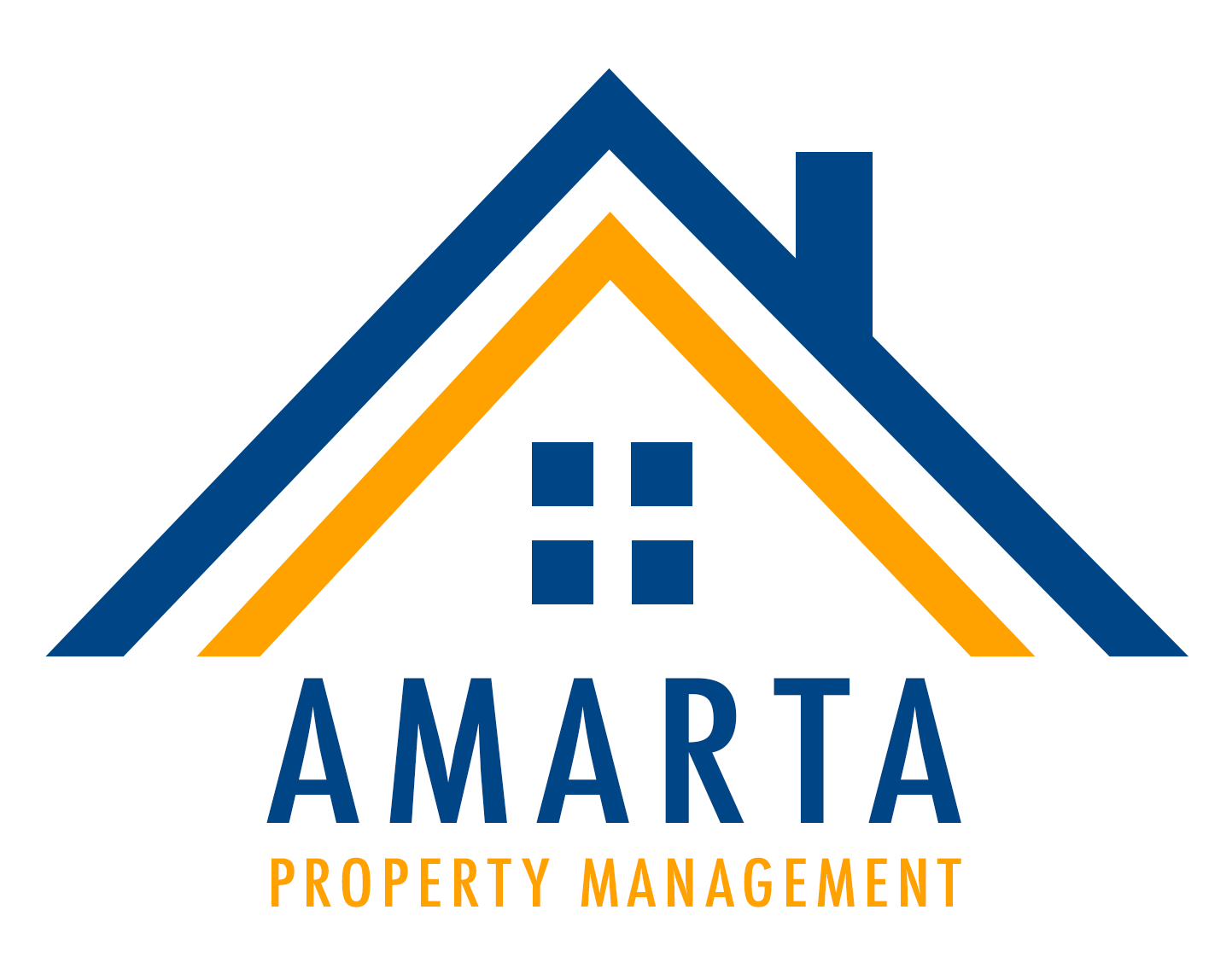Hypertension, generally referred to as hypertension, is a prevalent health condition that impacts countless people worldwide. Usually described as the “silent awesome,” high blood pressure is a chronic clinical condition defined by elevated high blood pressure levels that can cause severe wellness issues if left untreated. In this write-up, we will delve into the interpretation, triggers, symptoms, medical diagnosis, treatment, and also avoidance of high cbdus calvizie blood pressure to offer you with a detailed understanding of this problem.
What is High blood pressure?
Hypertension is a clinical condition defined by persistently hypertension degrees. Blood pressure is the pressure applied by blood versus the walls of the arteries as it streams through them. It is measured utilizing 2 worths: systolic pressure (the greater number) and diastolic pressure (the lower number). Blood pressure is shared in millimeters of mercury (mmHg).
A normal high blood pressure analysis is normally around 120/80 mmHg. However, when blood pressure continually exceeds 130/80 mmHg, an individual is detected with high blood pressure. It is necessary to keep in mind that a single high reading does not necessarily indicate hypertension, as high blood pressure can rise and fall throughout the day as a result of various factors.
High blood pressure can be classified right into 2 kinds: primary (important) hypertension as well as second hypertension. Key hypertension is one of the most usual kind, making up about 90-95% of all hypertension situations. It develops gradually gradually and is influenced by a mix of hereditary and way of living factors. On the various other hand, second high blood pressure is triggered by an underlying medical condition, such as kidney illness or hormonal disorders.
- Key High blood pressure: The exact sources of main hypertension are not well understood. However, several danger factors add to its growth, consisting of genes, age, weight problems, inactive way of life, tobacco usage, extreme salt intake, alcohol usage, as well as tension.
- Additional Hypertension: Additional high blood pressure is typically a result of an underlying health and wellness problem such as kidney illness, hormone problems (e.g., hyperthyroidism or Cushing’s disorder), specific medications (e.g., contraceptive pill or decongestants), as well as controlled substance use.
Symptoms of High blood pressure
In most cases, hypertension does not show visible signs and symptoms, gaining its reputation as the “quiet killer.” It is commonly diagnosed throughout routine medical check-ups or when a specific seeks clinical interest for redusizer various other health problems. Nevertheless, in extreme instances or throughout hypertensive crises, some individuals might experience symptoms such as:
- Severe headache
- Shortness of breath
- Upper body pain
- Wooziness or impaired thinking
- Obscured vision
- Nausea or vomiting or vomiting
If you experience any of these symptoms, it is important to look for instant medical interest as they may show a hypertensive emergency situation needing prompt therapy.
Identifying Hypertension
Diagnosing high blood pressure entails determining blood pressure making use of a sphygmomanometer, a tool that includes an inflatable cuff as well as a stress scale. High blood pressure analyses are obtained by wrapping the cuff around the arm and inflating it to briefly quit the blood circulation. A healthcare expert after that determines the stress as the cuff is slowly decreased.
Based upon high blood pressure analyses, individuals can be categorized right into different blood pressure ranges:
- Typical: Much less than 120/80 mmHg
- Raised: 120-129/
